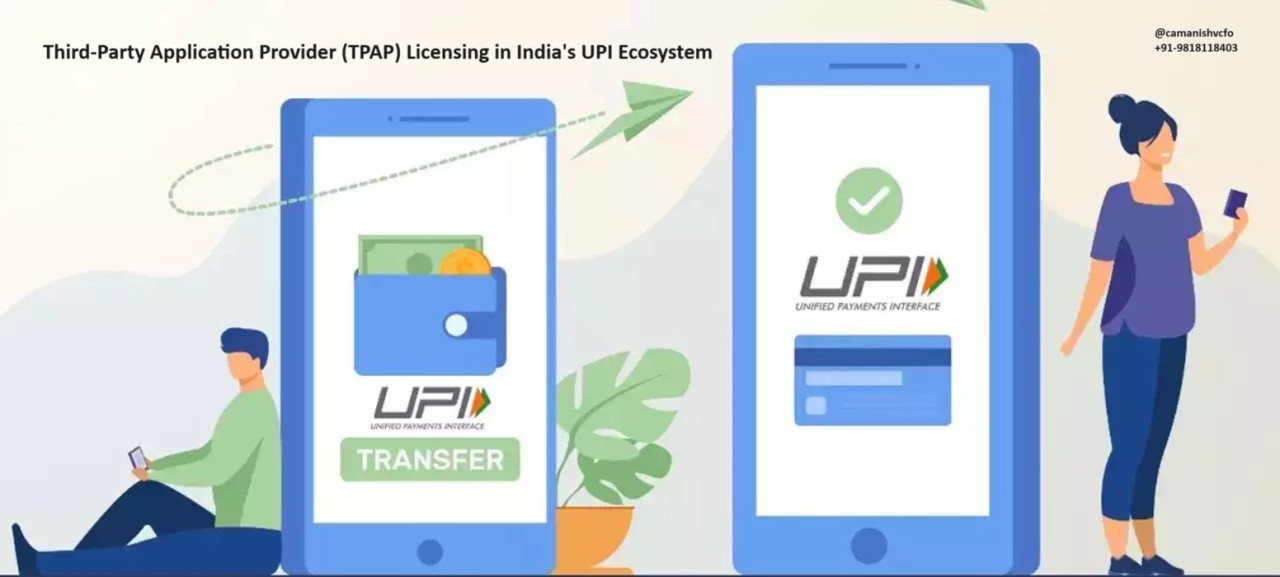Free Courses Sale ends Soon, Get It Now


Free Courses Sale ends Soon, Get It Now



Disclaimer: Copyright infringement not intended.
Context
The Reserve Bank of India (RBI) has asked the National Payment Council of India (NPCI) to examine the request of One97 Communications’ (OCL), which owns Paytm, to become a Third-Party Application Provider (TPAP) for continued Unified Payments Interface operation of the Paytm application.
Details
About TPAP
Types of Third-Party Applications:
Features:
Distribution and Deployment:
Benefits:
Challenges:
Examples of Third-Party Application Providers:
Conclusion
RBI's directive to NPCI to consider Paytm's request for TPAP status has significant implications for Paytm, its users, and the broader UPI ecosystem. If approved, this move could ensure the continuity of UPI-based payment services for Paytm users, supported by enhanced security measures and regulatory compliance. However, the successful execution of the migration process and adherence to regulatory guidelines will be crucial for a seamless transition and continued service delivery.
|
PRACTICE QUESTION Q. Third-Party Application Providers play a vital role in expanding the functionality, versatility, and ecosystem of software platforms by offering diverse solutions tailored to specific user needs and industry requirements. Critically Analyse. (150 words) |
© 2024 iasgyan. All right reserved